Autumn Sage, Cherry Sage, Gregg Salvia
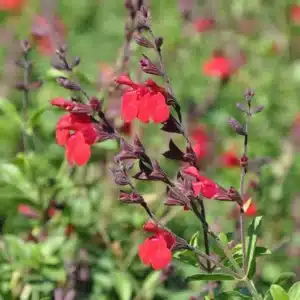
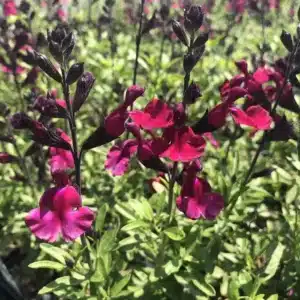
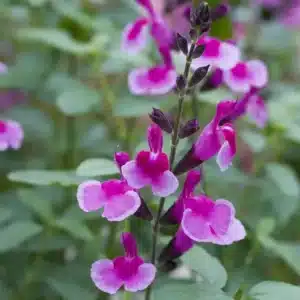
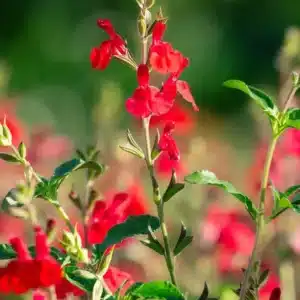
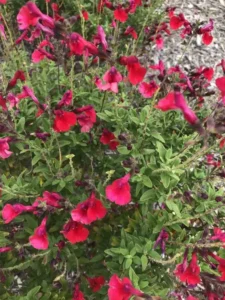
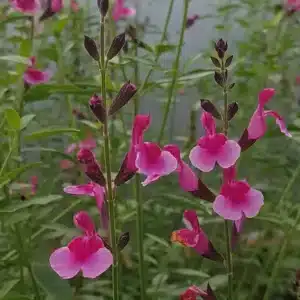
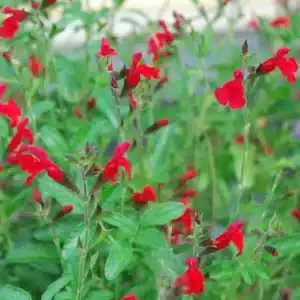
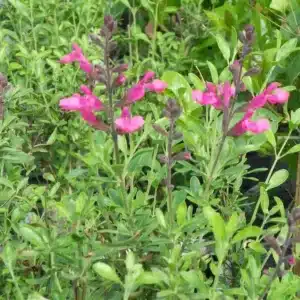
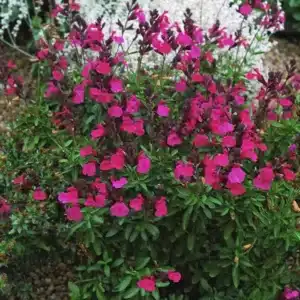
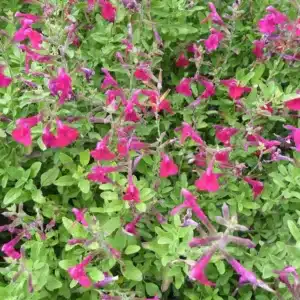
Most importantly, Autumn Sage will not tolerate wet clay soil. This plant thrives in dry, rocky, well-drained soil and prefers full sun. Because Autumn Sage needs little water, it is best to keep it away from automatic sprinklers. The plant can be propagated from seeds, which may be taken from the dried seed pods after the flowers fade. A new plant may also be grown from cuttings dipped in rooting hormone, planted in moist growing medium, and planted after new roots have developed.
Once established, Autumn Sage thrives with very little care, especially when planted in well-draining soil and located where it will receive full sun.
Autumn Sage does not require fertilizer. In fact, fertilizer can quickly kill this plant.
The dead-heading of spent flowers encourages more blooms. Autumn Sage may be pruned heavily in August and again in late winter in order to maintain an attractive, mounded shape.















